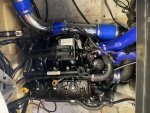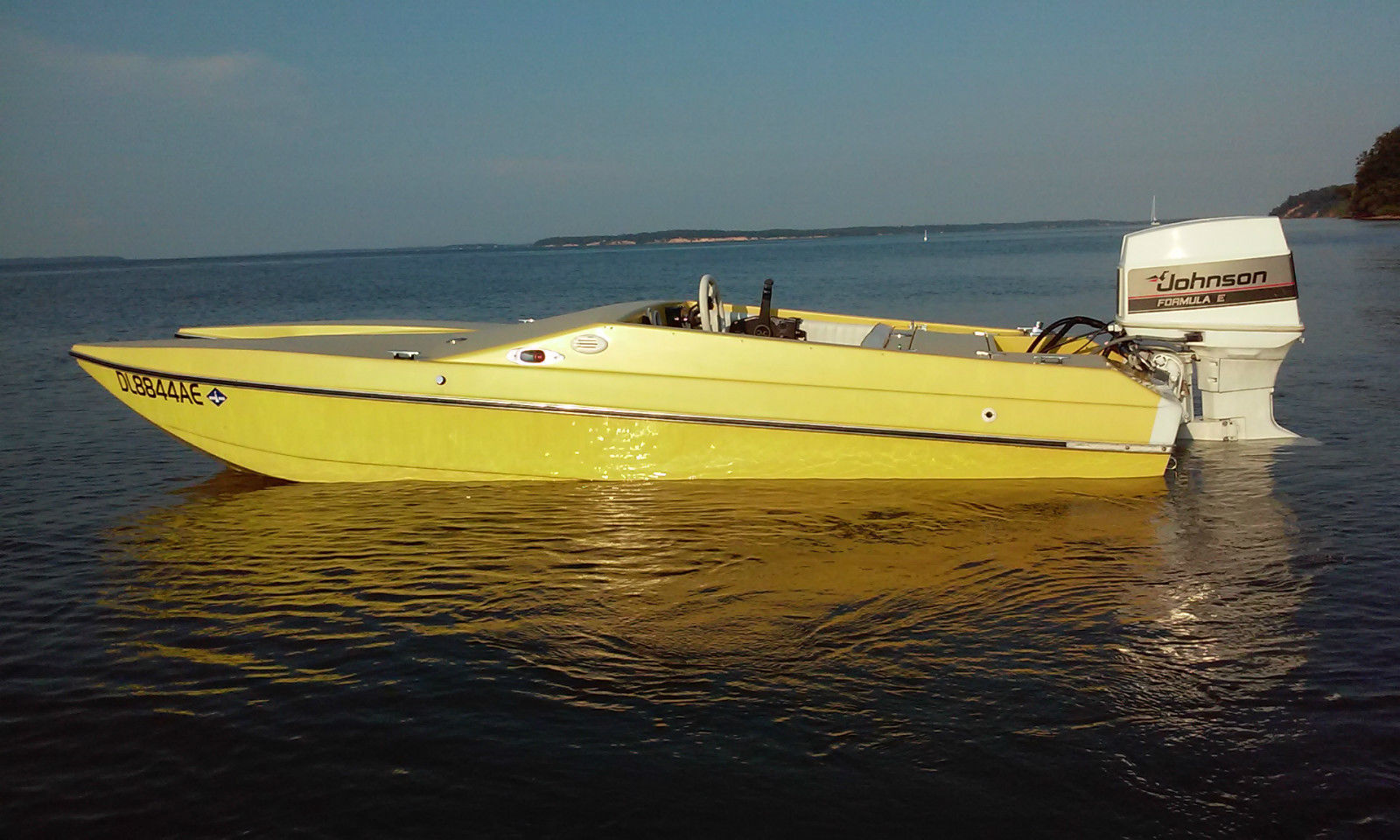WAVE CHART:
Beaufort Wind Scale
How this applies to small boats:
Up to about 15 mph wind you can run nearly wide open in a fast boat.
At about 20 mph wind you can still run fast - but you're going to get pounded and better not have a bad back - do not hit waves full speed at a 45 degree angle.
At 30 mph wind you will be slowing down. Not only could not not stand the pounding unless you have $10,000+ specialty seats - you would have to be running directly into or against the waves. Don't even think about anyone not wearing a life jacket.
At 35 mph wind you got a battle on your hands. Forget speed. Focus solely on survival - no matter how long that takes. Radio/phone your location and situation to anyone who can hear you.
At 40 mph wind you are on the edge of serious danger at any moment.
At 45 mph wind you should calculate what you are going to if your boat capsized - realizing if this happens it will happen with maybe 3 seconds notice.
At 50 mph wind - while you can try to make it, your focus should be on capsize survival since the odds of this happening are high. With that level of wind, you get rouge waves you can not predict or plan for. Radio/phone you are not likely to make it and give location best possible. How will you STAY WITH THE BOAT?
a.) have your anchor(s) positioned to drop to the bottom with open line so the boat doesn't drift.
b.) Have floating lines also that will go free - tying off the toss cushion, ice chest and anything else that will float.
c.) have your emergency toss bag within a 1 second free grab. You want this in your hand for when/if you get tossed out of the boat on a capsize. If you wisely have a scuba mask and fins with you, get them on.
You MUST get back to the boat if any way possible - but you do not want the boat drifting so they can find you. In strong winds and hard seas you can be 5, 6, 7 miles away from where you were within an hour - and the waves make it almost impossible to see you from another boat. Don't expect a Coast Guard helicopter coming anytime soon - even if you were not so stupid as to have an emergency locator unit (most people don't - we do - every boat).
When I go offshore, I have all that ready, including one of the toss cushions with a long line tied to it - and a tiny anchor on the other end. Even if can't get back to the boat, it is critical to minimize drift. Sure, eventually the Coast Guard would send a helicopter. But 6 hours later you might have drifted 25 miles.



